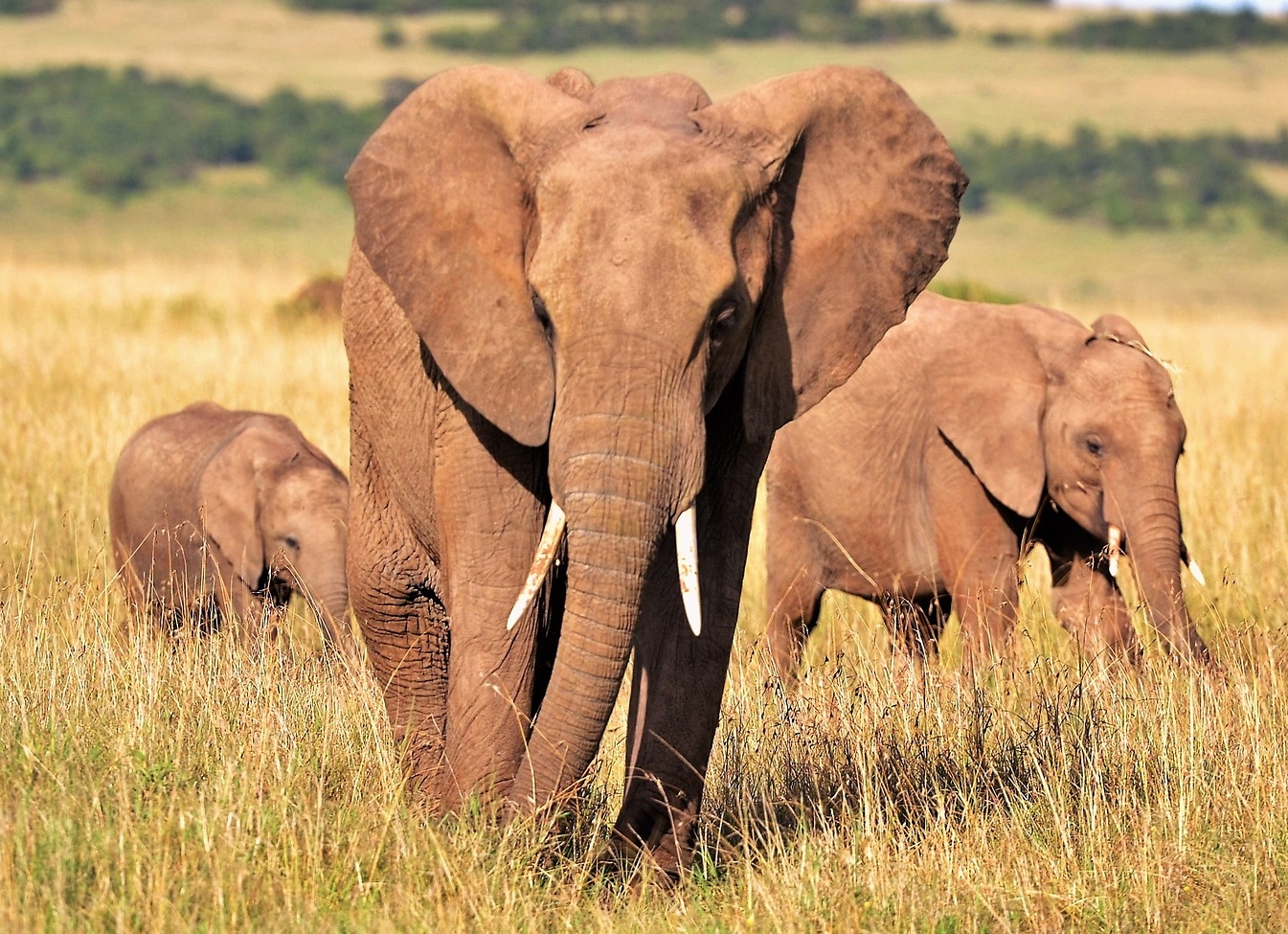Calcified for strength, longer-lasting than bone. These bits of me are the strongest I have to offer.
My teeth. Twenty-eight in all. (Three of the wisest were lost to the dentist that year after high school; one never appeared.) Iceberg-esque, much of each tooth hides under the surface, roots stretching down to attach to the jawbone. Not bone, but super-strength enamel that covers bone-like dentine that surrounds an inner soft spot for nourishing blood vessels and feeling nerves. Everything is softer on the inside.
Those pioneers of my mouth - baby teeth - are long gone, beginning to let go at age five and continuing the exodus until I was nearly a teenager, their roots resorbed by my ever-efficient body as the main teeth - permanent aka deciduous - appeared.
Incisors at the front, their chisel-shaped edge that bites and holds. They are my touchy-feely teeth, sensitive enough to identify objects in the mouth with a nibble. Next, the pointed canines, which cut into meat and plastic-wrapped packages. And then the hard-working premolars and molars, their pitted cusps perfectly arranged to grind, to crush.
Teeth are different for every animal: horses have up to 44. Elephant tusks are just extra-long incisors that help with digging. Sharks grow a new set every two weeks. Snake teeth, or fangs, don't chew, but rather capture prey (and sometimes inject venom). Rodent teeth grow without ceasing.
Paleontologists love teeth for their ability to identify creatures; apparently dentists love them, too.
I'm rather partial to mine. So tonight after I brush them, warding off the warring bacteria trying to turn my last bits of dessert into destructive acids, I will pop in a mouth guard, my best attempt at keeping the worries of life from grinding down the very structures that nourish me.
__________
pixabay.com




